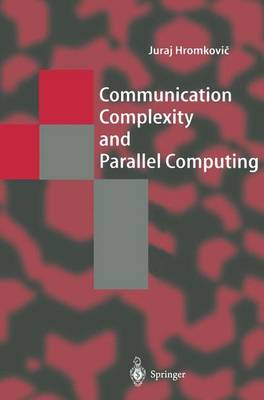The communication complexity of two-party protocols is an only 15 years old complexity measure, but it is already considered to be one of the fundamen tal complexity measures of recent complexity theory. Similarly to Kolmogorov complexity in the theory of sequential computations, communication complex ity is used as a method for the study of the complexity of concrete computing problems in parallel information processing. Especially, it is applied to prove lower bounds that say what computer resources (time, hardware, memory size) are necessary to compute the given task. Besides the estimation of the compu tational difficulty of computing problems the proved lower bounds are useful for proving the optimality of algorithms that are already designed. In some cases the knowledge about the communication complexity of a given problem may be even helpful in searching for efficient algorithms to this problem. The study of communication complexity becomes a well-defined indepen dent area of complexity theory. In addition to a strong relation to several funda mental complexity measures (and so to several fundamental problems of com plexity theory) communication complexity has contributed to the study and to the understanding of the nature of determinism, nondeterminism, and random ness in algorithmics. There already exists a non-trivial mathematical machinery to handle the communication complexity of concrete computing problems, which gives a hope that the approach based on communication complexity will be in strumental in the study of several central open problems of recent complexity theory.
- ISBN13 9783642081859
- Publish Date 15 December 2010 (first published 26 February 1997)
- Publish Status Active
- Publish Country DE
- Publisher Springer-Verlag Berlin and Heidelberg GmbH & Co. KG
- Imprint Springer-Verlag Berlin and Heidelberg GmbH & Co. K
- Edition Softcover reprint of hardcover 1st ed. 1997
- Format Paperback
- Pages 336
- Language English
